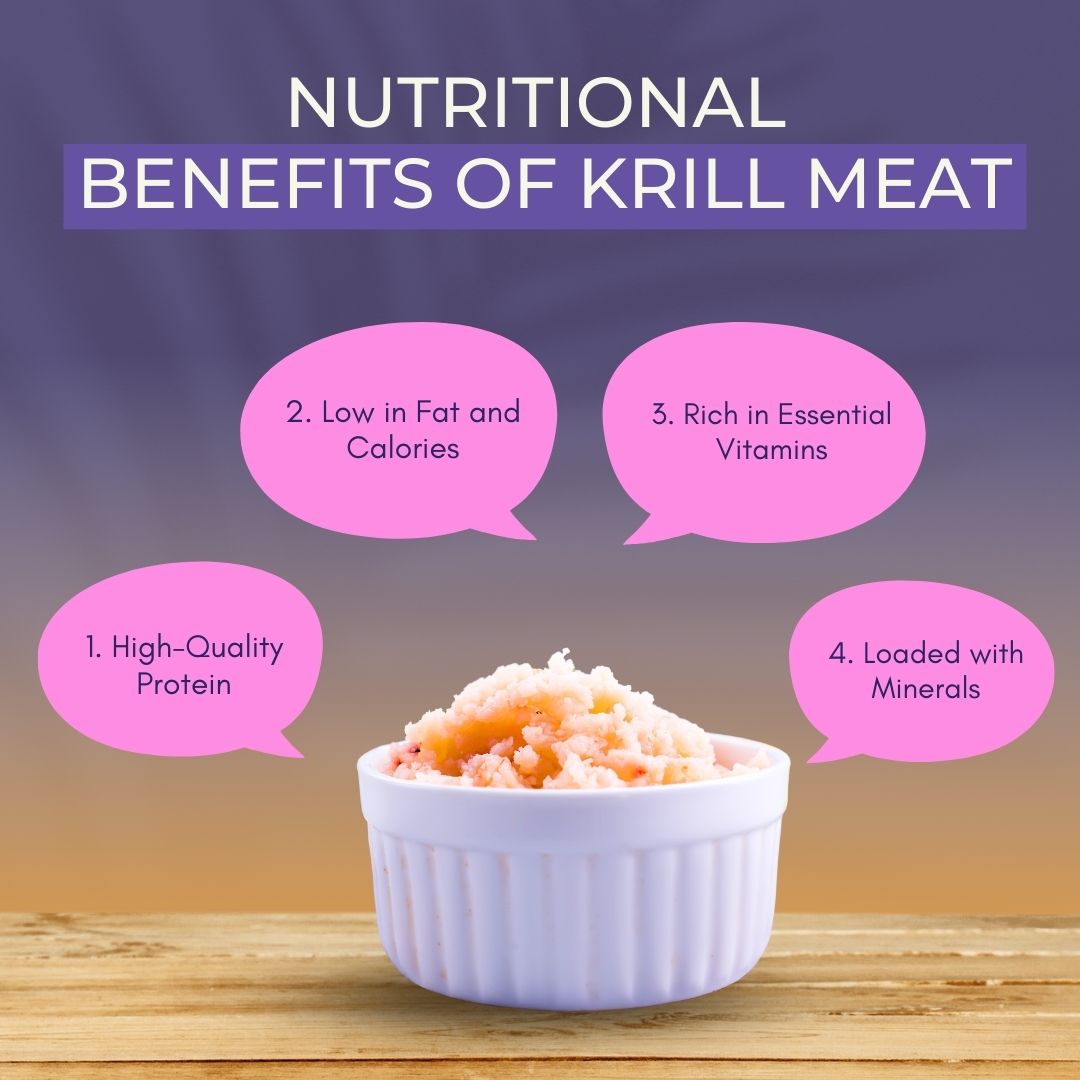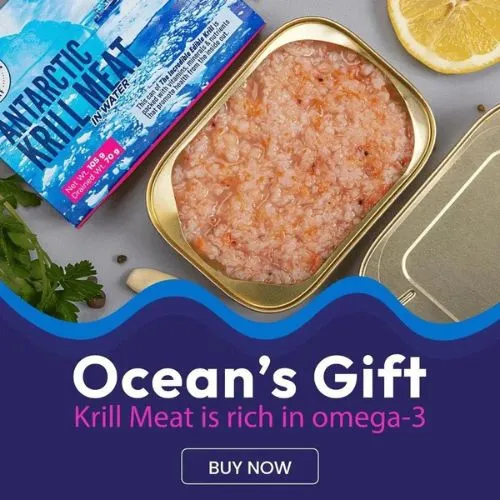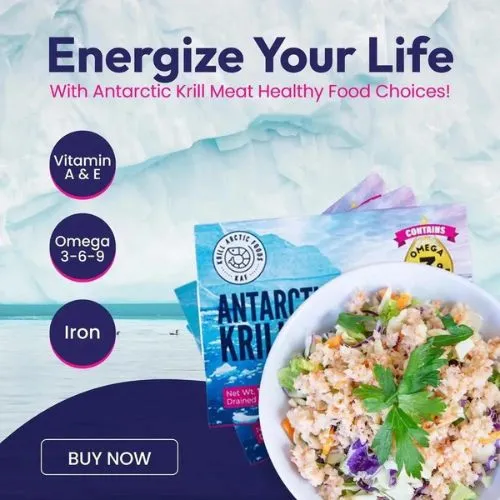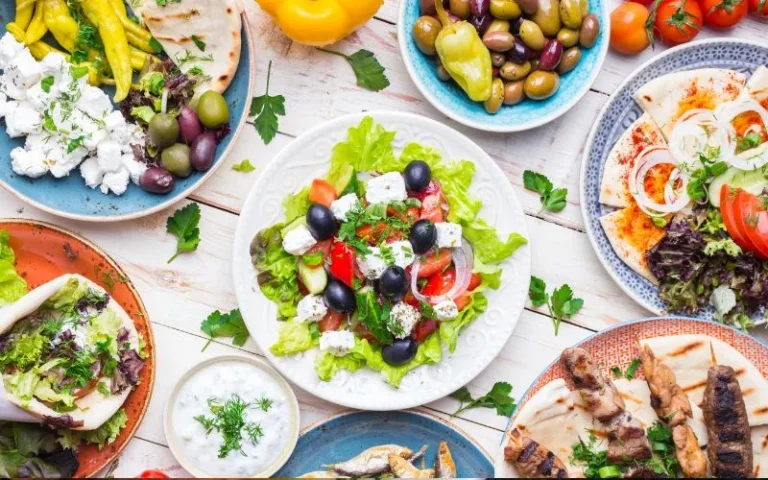I’ve seen people eat clean, train consistently, and still feel stuck. They cut carbs, skip meals, or push harder in the gym hoping it’ll finally flip some switch and how protein boosts metabolism. But nothing changes. The energy stays low. The fat hangs on. The results don’t match the effort.
Here’s what most miss: metabolism isn’t just about movement or calories. It’s about what your body does with the fuel you give it and protein plays a bigger role than most realize.
Every time you eat, your body burns energy digesting the food. Protein requires the most effort to break down, meaning more calories are burned even while resting. It also helps preserve lean muscle which is what keeps your metabolism active, especially during fat loss.
So if you’re doing everything “right” but still not seeing results, protein might be the missing piece and this article will show you exactly how to use it to boost metabolism without overcomplicating your meals.
How Protein Boosts Metabolism : What’s Really Going On in Your Body
Your metabolism is the system that turns food into energy and powers every function in your body from breathing and digestion to cell repair and fat burning. When we talk about having a “fast” or “slow” metabolism, we’re really talking about how efficiently your body burns calories.

Metabolism is made up of three main components:
- Basal Metabolic Rate (BMR): The calories your body needs to function at rest.
- Physical Activity: All the energy used through movement and exercise.
- Thermic Effect of Food (TEF): The energy your body burns just to digest and process what you eat.
Here’s where protein makes its mark: it has the highest thermic effect of any macronutrient. That means your body uses more energy digesting protein than it does carbs or fat giving your metabolism a natural boost, meal by meal.
How Protein Fuels a Faster, More Efficient Metabolism
Protein’s impact on metabolism goes far beyond muscle building. It supports nearly every process that helps you burn more calories and feel more energized.
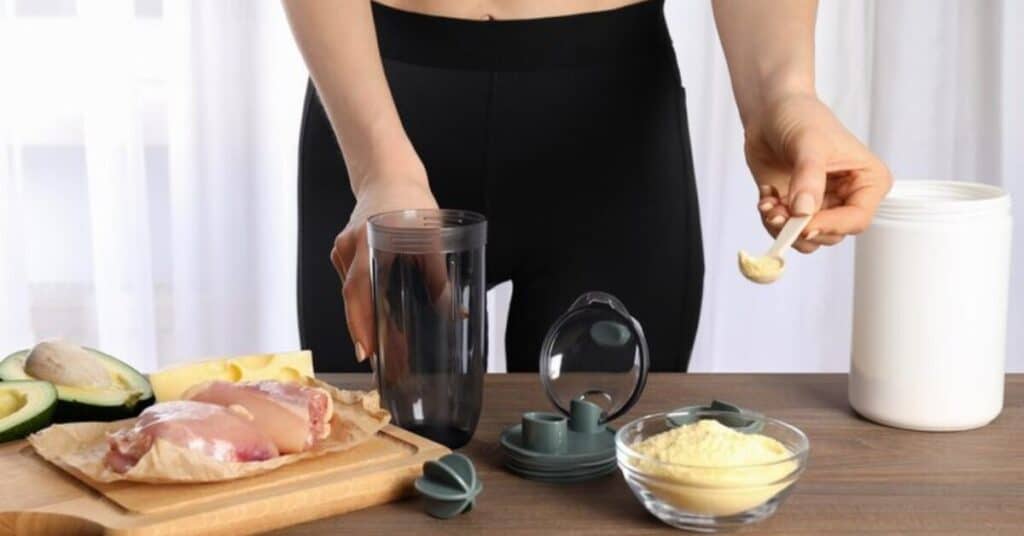
Protein Increases Calorie Burn Through Digestion
Digestion isn’t passive it burns calories. And protein demands the most. About 20–30% of the calories in protein are used just to break it down and absorb it. In comparison, carbs require only 5–10%, and fat even less.
So if you eat 100 calories of protein, your body may burn up to 30 of those calories during digestion alone. That’s a built-in calorie burn without needing to add another workout.
It Preserves Muscle and Muscle Burns More at Rest
Muscle isn’t just for show it’s a metabolic powerhouse. The more lean muscle you carry, the more calories you burn around the clock, even when you’re resting.
But here’s the catch: when you lose weight without enough protein, your body often breaks down muscle, not just fat. This slows your metabolism and makes it harder to keep the weight off. Protein helps you maintain and even build muscle while losing fat, keeping your calorie-burning engine strong.
It Keeps You Satisfied, So You Naturally Eat Less
Protein also has a powerful effect on hunger. It helps you feel fuller, faster and stay satisfied longer. That means fewer cravings, less snacking, and a more natural reduction in overall calorie intake.
This is especially important when you’re trying to lose weight without feeling deprived. Instead of fighting hunger all day, you’ll find yourself feeling more in control of your meals and appetite.
It Stabilizes Blood Sugar and Reduces Energy Crashes
Pairing protein with carbs slows the rate at which sugar enters your bloodstream. That leads to more stable energy, fewer crashes, and less need for quick-fix snacks.
A high-protein breakfast alone can shift your entire day boosting focus, energy, and even your mood. It sets the tone for better food choices and a more balanced appetite.
It Regulates Key Hormones That Control Fat Loss
Protein supports the hormones that tell your body when to eat, when to stop, and how to use stored energy. It helps lower ghrelin (your hunger hormone), supports leptin (your fullness signal), and increases glucagon, which encourages your body to tap into fat stores for fuel.
In other words, protein not only helps you eat less it helps you burn better.
How Much Protein Do You Need to Boost Metabolism?
You’ve got the why. Now let’s figure out how much. Because if you’re eating too little protein, your metabolism might just be idling instead of firing. And if you’re overdoing it? That won’t help either your body can only use so much.
Here’s how to hit the sweet spot without guessing or obsessing.

General Guidelines: What Most People Get Wrong
The USDA recommends about 0.36 grams of protein per pound of body weight but let’s be real, that’s just enough to prevent deficiency. If you want to boost metabolism, hold onto muscle, and burn more calories throughout the day, you’ll need more.
Most fitness and nutrition experts agree that a better starting point is:
- 0.7 to 1 gram of protein per pound of body weight
If you weigh 150 pounds, aim for 105 to 150 grams of protein per day.
Train hard? Lean toward the upper end. More sedentary? Stay toward the lower.
Many people choose low-protein diets, resulting in feeling tired, hungry, and losing weight in the wrong places. Once they dialed up the protein, energy came back, hunger dropped, and the scale started moving in the right direction.
Smarter Protein Choices: Help You Boost Metabolism
Not all protein is equal especially when it comes to your metabolism. You can hit your daily number, log every gram, and still stall your progress. The issue? The type of protein you’re eating might be slowing you down instead of speeding things up.
So let’s break it down. Here’s how to pick protein that fuels fat loss, builds muscle, and keeps your metabolism running high all without adding junk or extra work
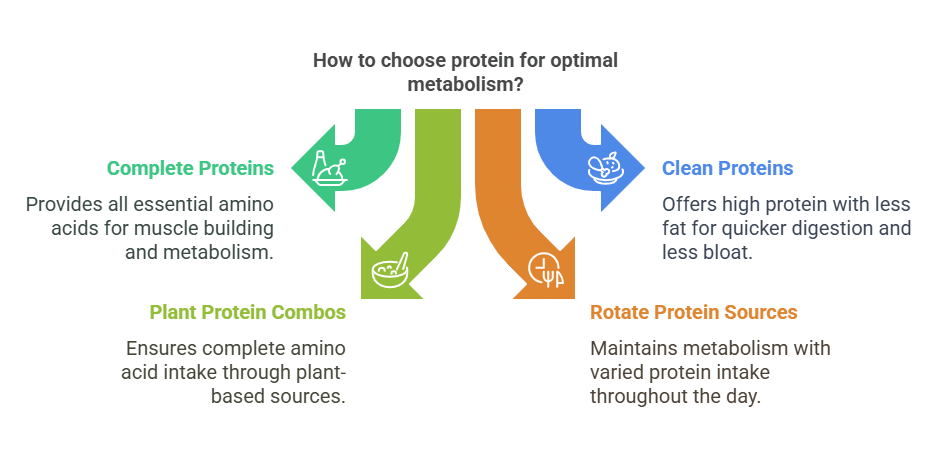
Complete Proteins Fire Up The Engine
Your body needs all nine essential amino acids to build muscle and stay in repair mode. That’s where complete proteins come in they deliver everything in one go, so nothing stalls. Here are some top protein choices:
- Eggs
- Chicken
- Fish
- Dairy
- Krill meat
Yep, krill. It’s not just lean and high in protein it’s packed with natural omega-3s that support fat metabolism, reduce soreness, and keep joints moving pain-free. For anyone trying to build and burn at the same time, that’s a bonus.
Choose Clean Over Heavy
Greasy cuts of meat might bring protein, but they also load your body with excess fat and slow digestion. That means more calories, more bloat, and slower recovery.
Better picks:
- Krill meat – Light, high-protein, shelf-stable, and zero prep.
- Skinless chicken breast – Classic for a reason
- Lean seafood – Shrimp, cod, and tuna digest quickly and keep you light
- Eggs and egg whites – Balance of protein and healthy fats
Krill meat is a standout here. It’s shelf-stable, high-protein, and ready to eat straight from the can. For anyone trying to hit protein goals without spending hours in the kitchen, it’s a win.
Mix Plant Protein To Fill The Gap
Going plant-based? No problem. Just know that most plant proteins are incomplete. That means you’ll need to mix sources to get everything your body needs to keep building muscle and burning fat efficiently.
Smart combos:
- Lentils + rice
- Chickpeas + quinoa
- Tofu + whole grains
You don’t need to get the full combo in every meal. Just spread them out during the day so your amino acid intake stays balanced.
Don’t Make Powders Your Primary Fuel
Protein shakes are easy but they’re not a shortcut. I’ve seen people drink 3 shakes a day and wonder why they feel flat or tired.
Here’s the fix: use powders when you need them, not as your main source. Real food brings vitamins, minerals, fiber and better digestion.
That said, a quick shake post-workout or when you’re in a pinch? Totally fine. Just don’t let it replace what you could get from eggs, krill, or fish.
Rotate Your Protein Don’t Eat the Same Thing Every Day
Here’s what most people miss: it’s not just how much protein you eat. It’s when you eat it.
If you pack it all into one giant dinner, your body can’t use it all. The rest gets burned for energy or stored not used for muscle or metabolism.
Here’s a smarter plan:
- Breakfast: Eggs, Greek yogurt, or protein oats
- Lunch: Chicken, tofu, or krill meat
- Snack: Krill wrap, protein bar, or boiled eggs
- Dinner: Fish, lean beef, or beans
- Evening (if needed): Cottage cheese or a small shake
Spreading protein through the day keeps your metabolism active, helps you feel full, and supports better recovery.
Final Thoughts
Protein isn’t just a number to hit it’s a strategy. When you understand how it works behind the scenes to fuel your metabolism, protect muscle, and keep hunger in check, it changes the way you approach every meal.
This isn’t about chasing trends or cutting corners. It’s about fueling your body in a way that supports real, lasting change. Choose protein sources that serve your goals. Include them consistently across your meals. Pay attention to quality, not just quantity.
From krill meat and eggs to beans and tofu, the options are there it’s just about making them work for you.
Small shifts in your daily habits can create momentum. And often, it starts with what’s on your plate. So as you plan your next meal, ask yourself: is this moving me closer to feeling stronger, lighter, and more energized?
Because the right fuel makes all the difference and you’re in control of that.


